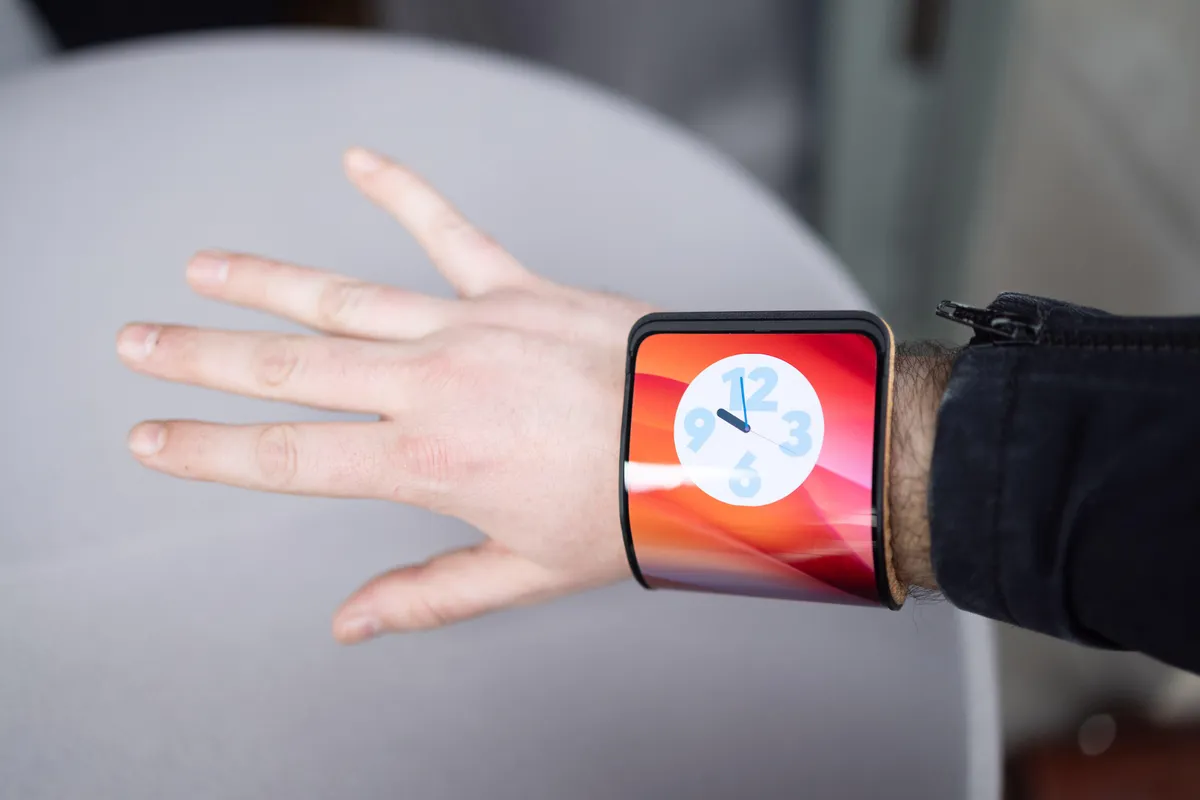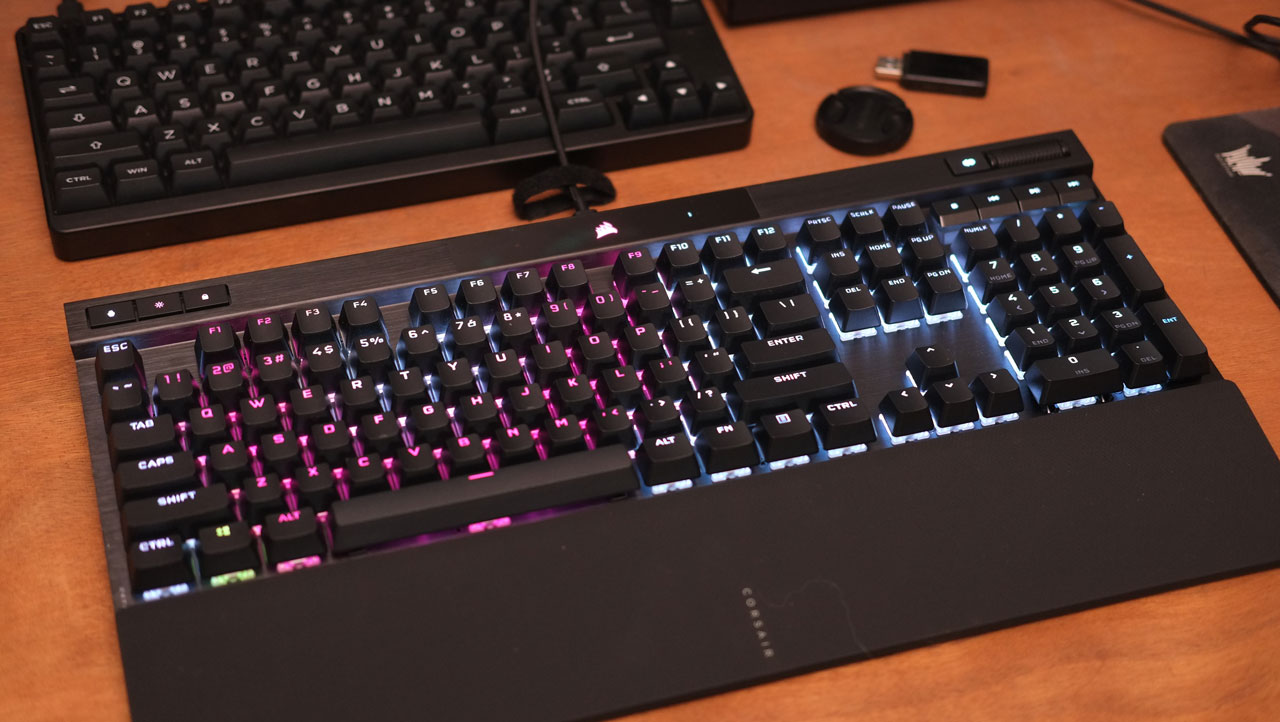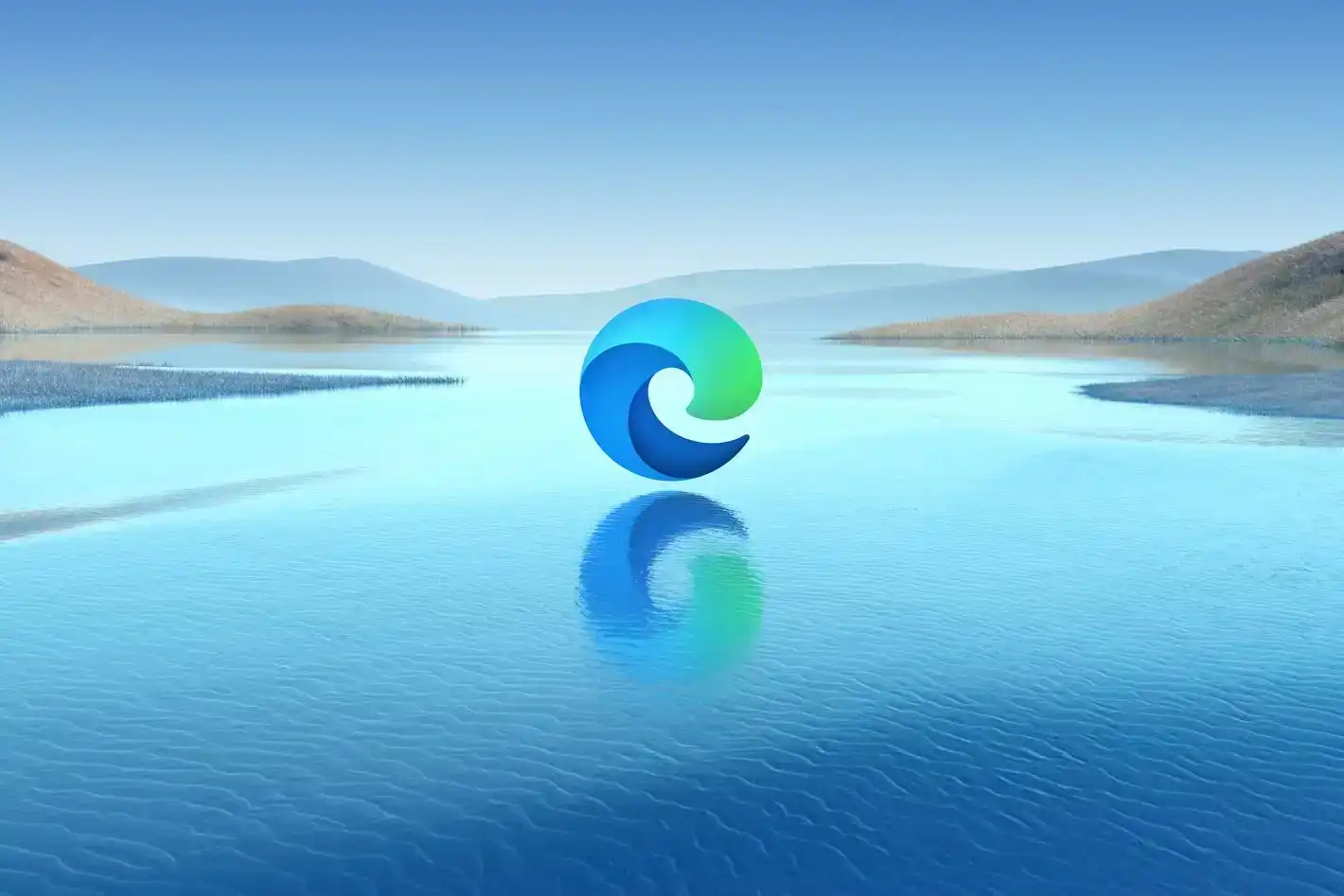Mobile World Congress in Barcelona has always been where the latest and greatest in mobile technology gets shown off to the world, and this year’s show has been no different. We’ve been treated to phones, laptops, smartwatches, wild concept products and even robotic dogs. And while many things have gotten our blood pumping, or at least raised an eyebrow (we’re looking at you, Barbie flip phone), some things have gone further and taken tech to the next level, bringing new, innovative features that deserve special mention.
Read more: MWC Products You Can Actually Buy Now
Here, then, are our top products from MWC 2024, as chosen by CNET’s Andrew Lanxon and Katie Collins, who’ve walked many miles while searching the conference halls for the best the show has to offer.
Motorola wearable-phone concept
Motorola has wowed us with quirky phone concepts before, but its latest creation is particularly intriguing. This bendable phone is able to curve around on itself, allowing it to be worn like a bracelet when not in use and simply taken off and unfolded when you want it to be a regular phone again.
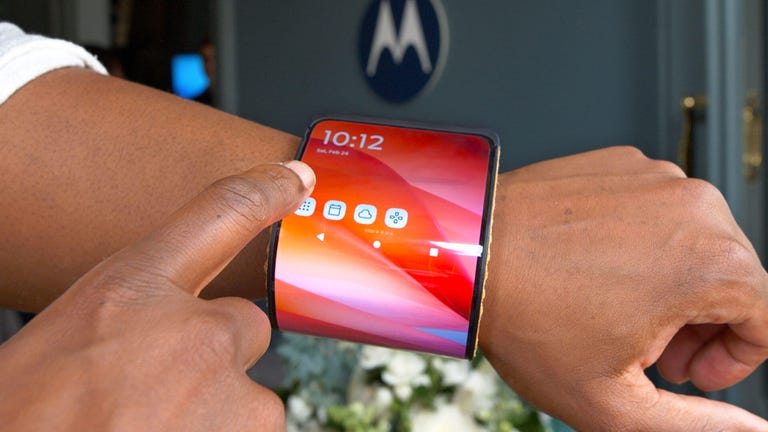
There’s something that feels especially futuristic about being able to wear your technology in this way, and we’re really into it. If nothing else, it saves room in your pockets for extra snacks. Sadly, it’s just a concept for now, so don’t expect to see this on sale anytime soon.
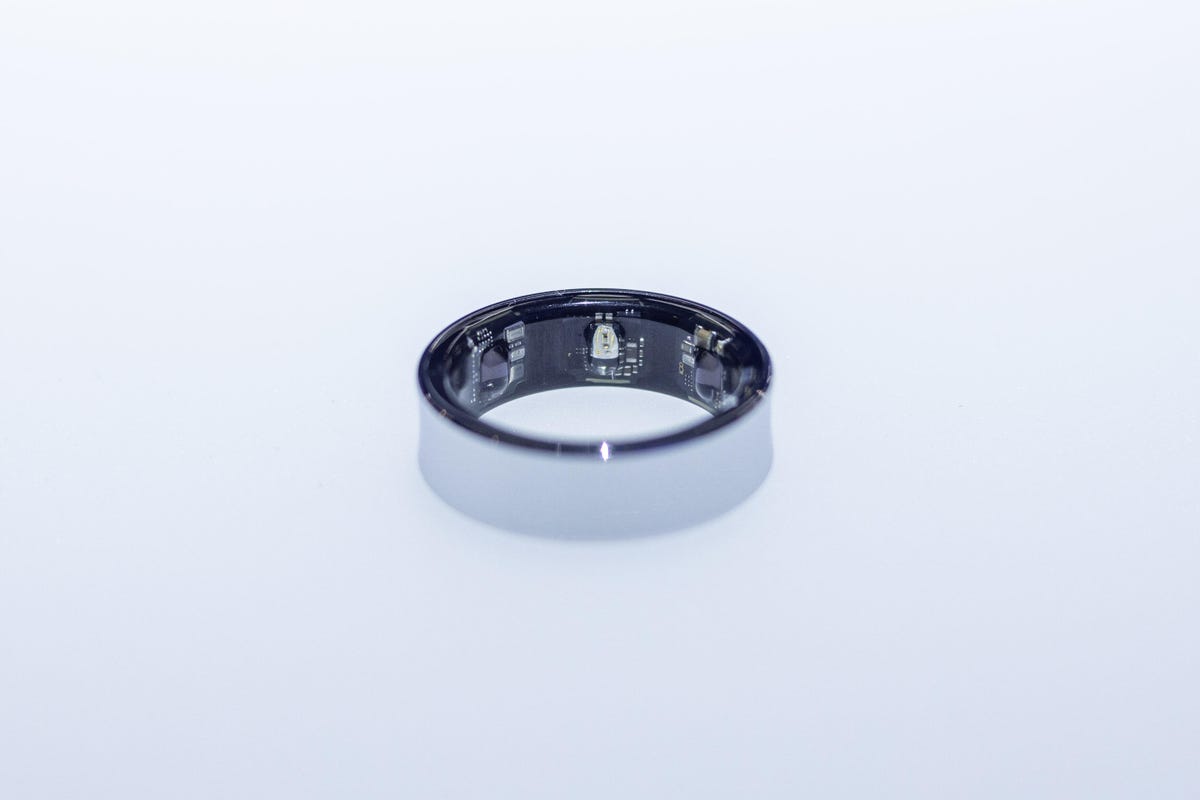
Samsung Galaxy Ring
Samsung teased its Galaxy Ring back in January, but the company showed it off in the flesh at MWC and even let us try it on behind closed doors. We’re still waiting to hear about many of the Ring’s main features and specs, but we know it’ll focus on sleep tracking and heart-rate monitoring, as well as menstrual and fertility-cycle tracking.
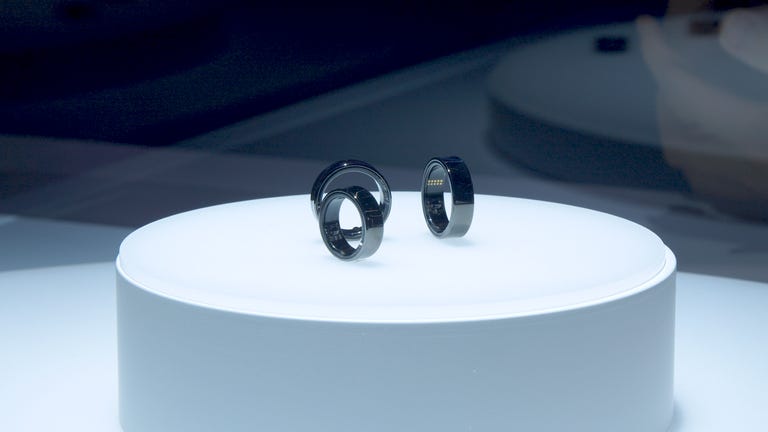
Though smartwatches have offered this functionality for some time, it’s exciting to see health-tracking tech being built into smaller, more discreet packages like this to offer an alternative to folks who aren’t keen on sleeping with a big watch on.
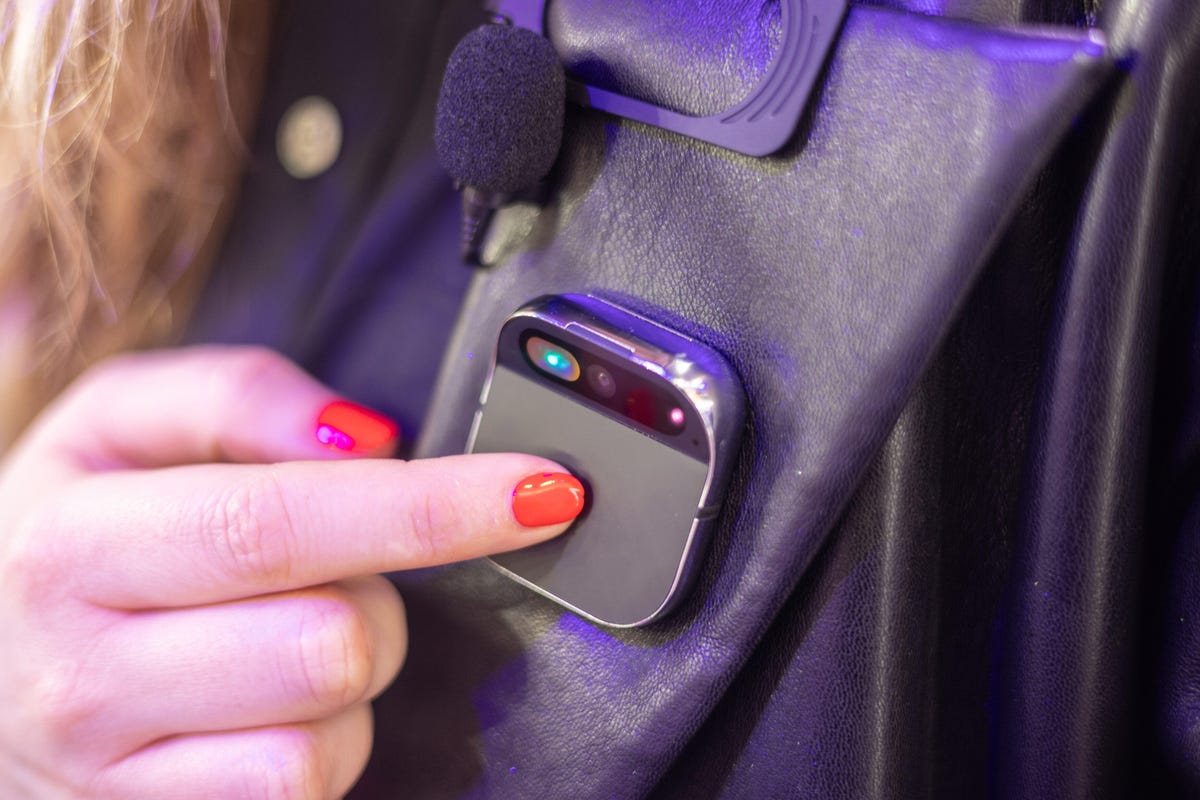
It’s no surprise that AI has been everywhere at MWC, turning up inside phones, laptops and even in weird robot arms with faces on the front. But the Humane AI Pin is a novel way of putting the tech to use, and it took us by surprise with how innovative it really is.
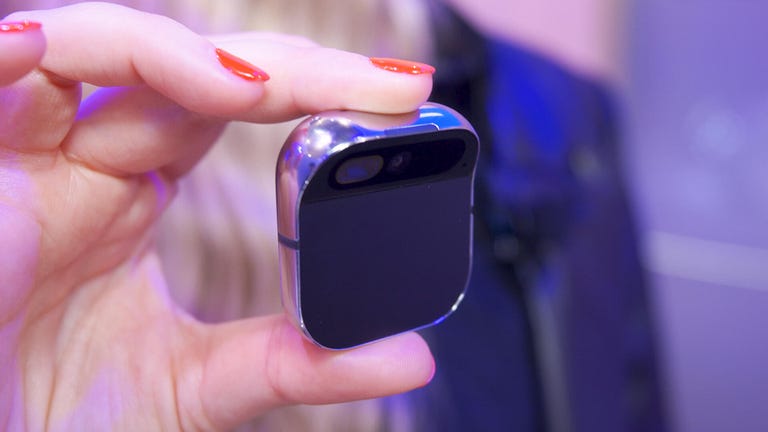
The Pin is simply a small square you magnetically attach to your jacket — you can talk to it, ask it questions and use it for any number of tasks. In our demo, we were shown how it can translate language and perform basic tasks like currency conversion, but it’ll also learn your style of speaking so it can send natural-sounding messages when you text your friends and family.
Rather than being a phone accessory, the Pin operates entirely independently, using its own phone number and providing answers to queries either out loud, using a simulated voice, or by projecting text or images onto your hand using lasers. If that’s not cool, we don’t know what is.
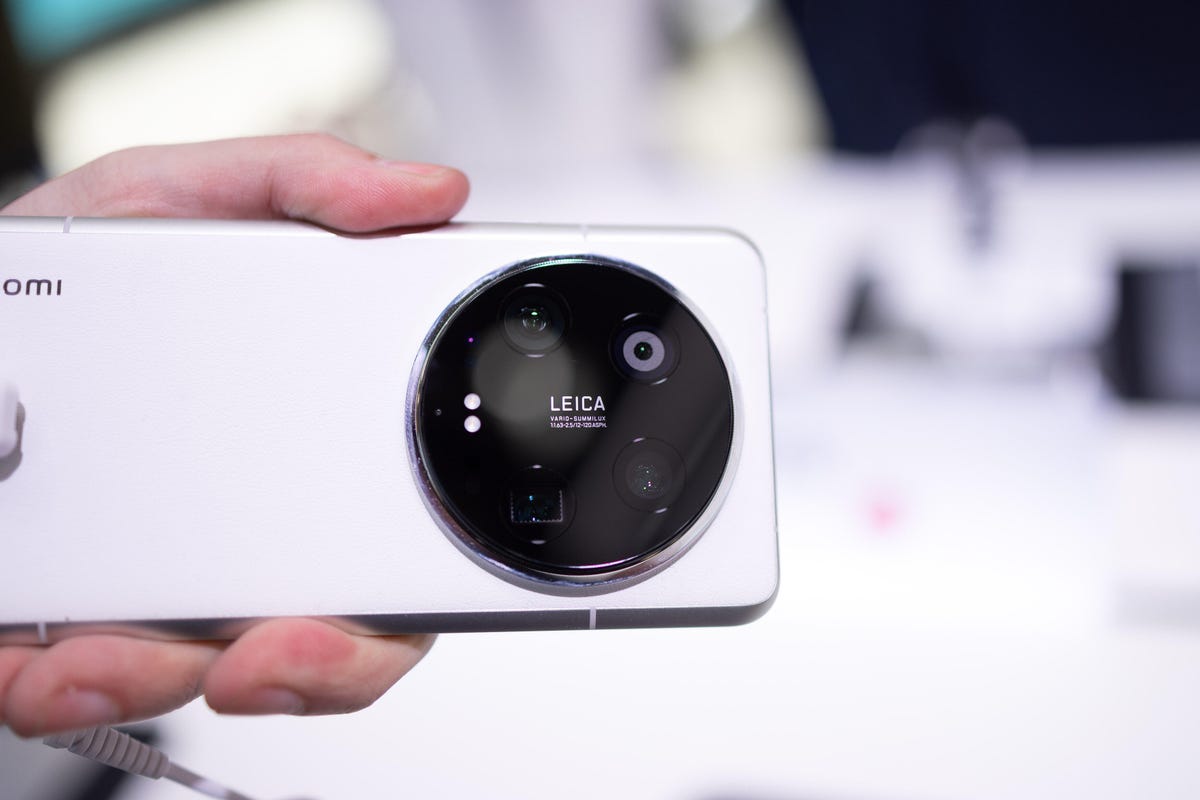
Xiaomi 14 Ultra
It wouldn’t be a mobile-tech show without at least one exciting mobile phone announcement, and Xiaomi’s 14 Ultra is one of the most tech-packed phones we’ve seen. It’s photography-focused in a big way, with a multi-rear-camera setup that includes a large, 1-inch-type image sensor with a variable aperture, along with lens elements co-engineered with legendary camera manufacturer Leica.
We’re yet to take the Xiaomi 14 Ultra for a proper spin and put it through its photography paces, but we have high hopes for it being a photo powerhouse. It also comes with the latest Qualcomm Snapdragon 8 Gen 3 processor, a 5,000mAh battery, 90-watt fast charging, and IP68 waterproofing — so even putting the camera aside, it still has the specs to stand up well against any other flagships launched this year.
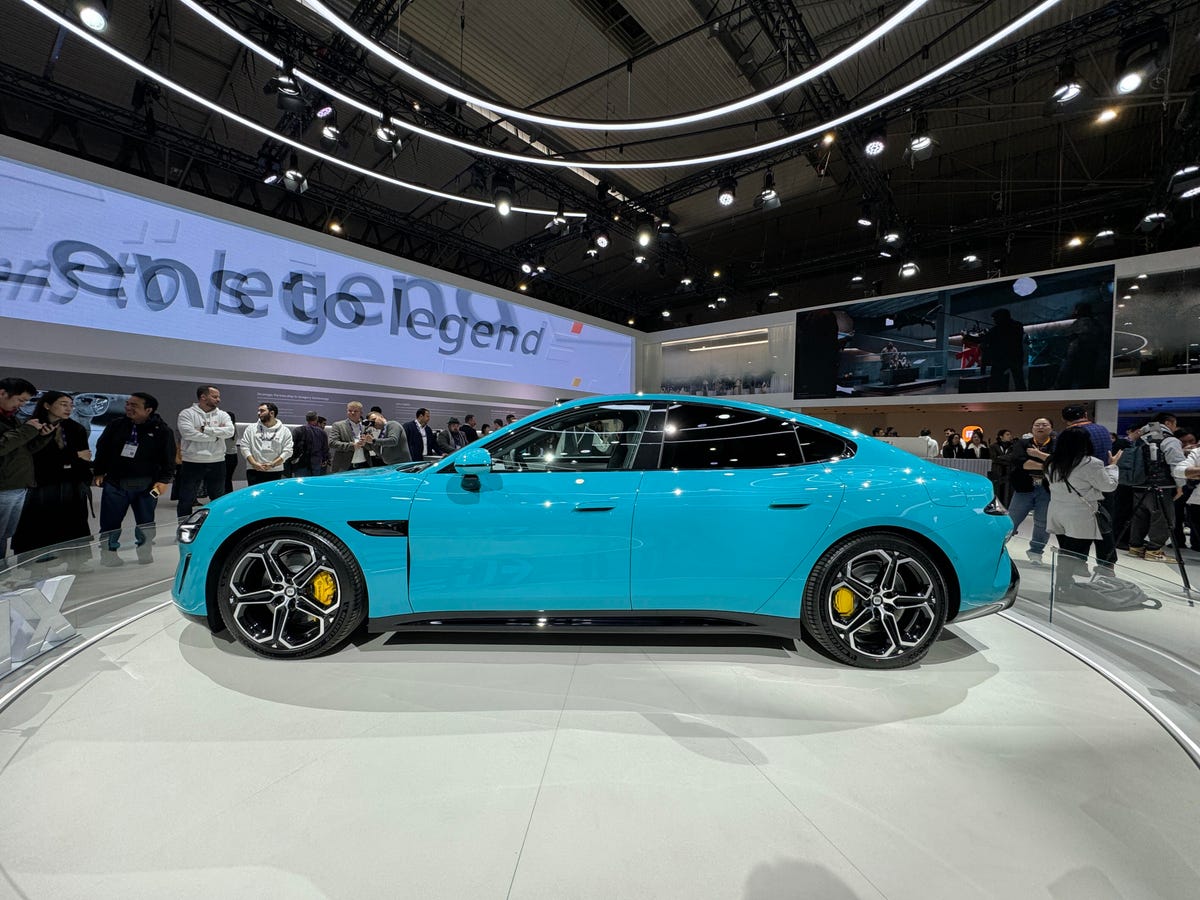
Xiaomi hasn’t just been showing off phones at this year’s MWC, it’s also given us the first look at its brand-new electric car, the Xiaomi SU7. This EV not only looks amazing, with its sleek and sporty design and vibrant blue paint job, it’s also packed with some wild-sounding performance figures.
Xiaomi is touting a zero-to-60-mph speed of just 2.78 seconds, thanks to custom-built electric motors. The company also reckons the SU7 will get more than 470 miles of range per charge, which would make it one of the top performers of any EV available today. Yet Xiaomi also boasts that the car could fit even larger batteries, which could give it a range reaching over 700 miles, with superfast charging that would put 317 miles of range back in the tank with just 15 minutes on a fast charger.
Whether these figures actually pan out in real-world use remains to be seen.
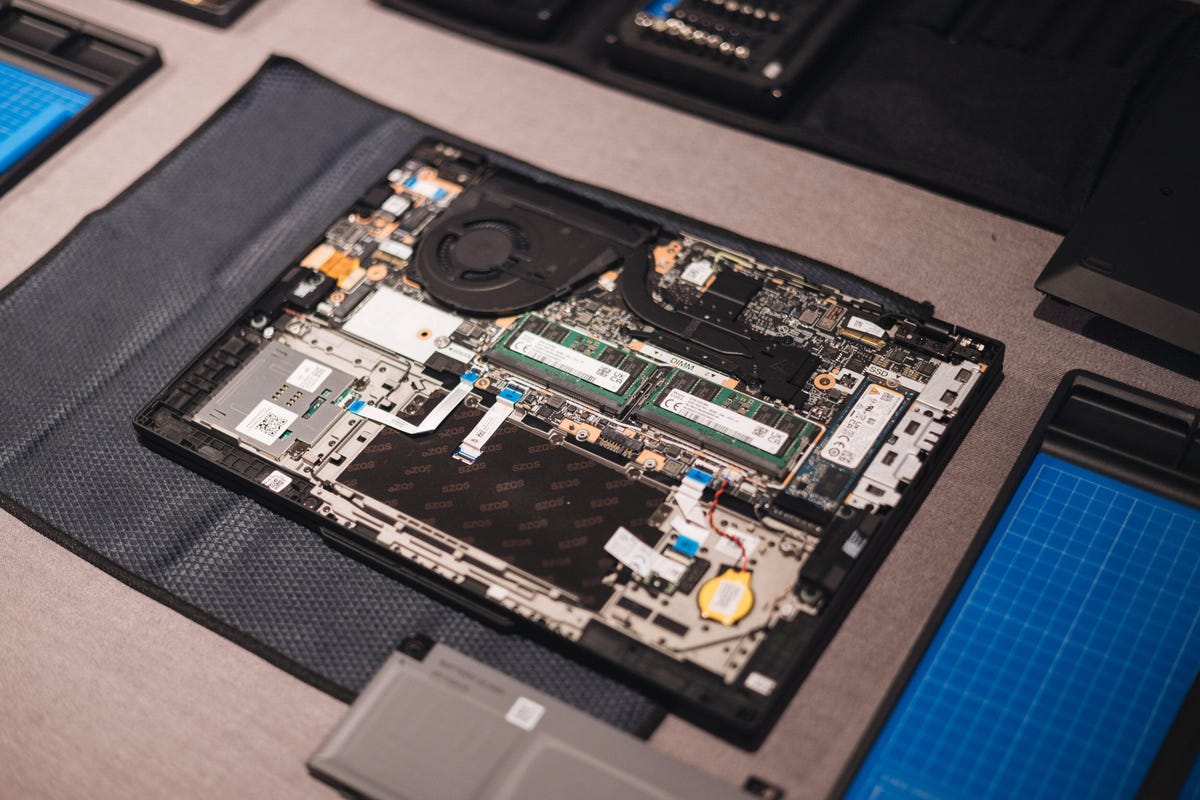
Lenovo ThinkPad T-Series laptops
It’s not necessarily that these laptops are super exciting by themselves that justifies their presence on this list. It’s that Lenovo has worked with tech-repair advocacy group iFixit to make it easy for users to repair them. They’re designed to make it simple for owners to swap out batteries; upgrade memory and storage; replace the screen and keyboard; and even replace the ethernet port.
Making the machines easily repairable and upgradable lets users keep their laptop working at its best for much longer before they need to buy a new one. That means fewer new laptops need to be manufactured and shipped, which in turn helps reduce carbon emissions and reduces the number of discarded computers in landfill.
Repairability and longevity have become an increasingly important aspect of all tech products, as part of improving their environmental impact. It’s great to see Lenovo taking steps to reduce the environmental footprint of its best-selling laptop line.

